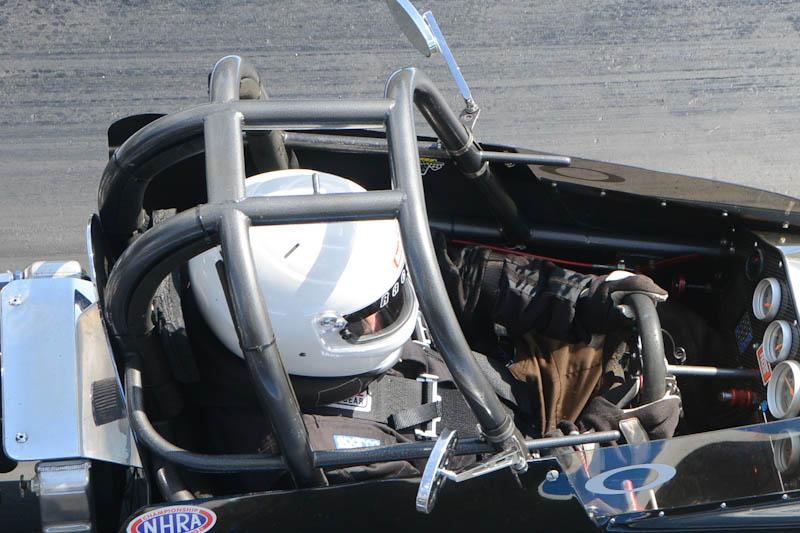| I was reminded recently of a blog John wrote in 2021 and think it is just as relevant now as it was then.
It seems as if everything today is blamed on Covid. In our little world, one of those things is actual tech inspection at all NHRA national and Lucas Oil Drag Racing Series events, whether you know it or not.
I may have spoken about this last year when it was announced the elimination of an actual tech inspection at all NHRA events. That was done according to NHRA “…to reduce physical contact in light of the pandemic situation while still emphasizing compliance with the Rulebook.” I still get some who question the logic behind no tech inspection, as if logic always plays a part in a number of decisions in our sport.
To maybe bring you up to date, it really began several years ago when tech was abandoned at national events. Rather than competitors presenting that long tech card and your car to a real tech inspector, it was deemed unnecessary. Truth is that the only way to gain entry to a national event was and still is by attending a number of divisional events along the way. This means then that your car has already been “seen” and inspected numerous times by an NHRA tech official, so that having it inspected several times can be redundant.
Now though, the onus is on the driver. “Make sure you have and wear the proper safety equipment, but there will be spot checks along the way.”
One of the problems I have with this “new-normal,” is that admittingly there have been things I’ve forgotten when certain items of my safety equipment may be out of date. Instances where while performing maintenance procedures (you do do that after a race, don’t you?) I may have looked at seatbelts-trans-cert dates-etc. and found they were out of date. Of course, it appears as if most have a problem with having to replace perfectly good seat belts every two years, or why an SFI-15 fire suit needs to be re-certified every five years yet I can wear a -5 suit until it almost literally falls apart from years of cleaning. But…
In reality if you’ve attended any typical weekend or big bracket race, tech inspection is merely a formality. I say that though with all due respect to any of the many tech inspectors at tracks around the country, but it’s somewhat true. It’s sometimes just a “Hey, how you doing? Do you have a helmet and jacket? Check. Have a great day.”
I clearly remember being at one of the bigger events where it was announced, “Tech inspection will begin at 9:00. Bring your Tech Card to the tech area. I repeat: Bring your Tech CARD; not your car; to the tech area.” Thankfully, there really are very little issues but there could be. When I think of this, I harken back to Island Dragway’s (NJ) Duke Snyder. Duke was one of those diligent tech inspectors. A guy who wasn’t too tough but was not afraid to point out things with your safety in mind.
Because I happen to stand on the starting line quite a bit, I frequently notice a lot of things which don’t appear to be safe; most certainly loose seat belts. Naturally something like that would never be caught in an official tech inspection. But I can see when drivers pull up with loose belts, belts so loose that the driver’s head is hanging out of the roll cage, neck collars either missing or cut down so they are really useless, etc., etc.
Several years ago, it was mentioned at the NHRA U.S. Nationals that during one time trial session for Super Comp, the NHRA positioned a tech inspector in the burnout box. It wasn’t made public but hat person took notice of loose seat belts and the like. Those drivers were pulled over at the top end after the run and questioned as to why. No one was thrown out; the exercise not meant to do that; just to merely instruct drivers to remain safe.
At one event I attended, the starter had noticed a driver not wearing a neck collar. That particular starter stopped the driver with an inquiring look. It’s possible the driver may have forgotten to put it on but in this case, it was no where to be found. The driver was backed off until he staged back up with the proper equipment. I commended the starter for catching it.
Can that be done at some of these other big events? I think it has in some cases, but it almost needs to be a mandatory part of the track’s policy. Once again, no one needs to be thrown out, but just helped to maintain a safe environment.
I know we don’t seem to see this moniker much anymore, but NHRA’s “Dedicated to safety,” should still be what it’s all about. -JOHN DiBARTOLOMEO |


